BRIEF HISTORY REVIEW
The Moche civilization between the 1st and 7th centuries AD. C., occupied a territory that extended across a large part of the northern coast of Peru. They were considered the best ceramists of ancient Peru, thanks to the fine and elaborate work they did on their ceramics. They represented divinities, men, animals and significant scenes referring to ceremonial themes and myths that they reflected his conception of the world. His huaco-portraits being famous are preserved in the main museums of the country.
The Lambayeque or Sican civilization occupied the territory that today corresponds to the department of Lambayeque, between the 8th - 14th centuries AD. C. and his cultural influence spread throughout almost the entire Peruvian coast. The Lambayecans stood out in architecture, goldsmithing and navigation.
Later, the Lambayecan territory was occupied by the Chimu kingdom, which would absorb the goldsmithing techniques of the Sican in the handling of gold and silver, integrating its population into this kingdom. Finally the Chimu would be conquered by the Inca Pachacutec. In the Inca expansion towards the north region the Chimu, were integrated into the Chinchaysuyo of the Inca empire.
PRINCIPAL ATTRACTIONS IN THE SURROUNDINGS
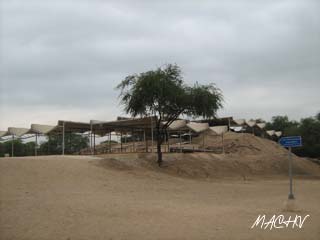
HUACA RAJADA
It is an archaeological complex initially occupied by the Moche culture and later by the Lambayeque culture, in northern Peru. This archaeological complex was the scene of the discovery of the tomb in 1987, of the Lord of Sipan. It has a small museum where the latest founds are, of the belongings to the Warrior Priest.
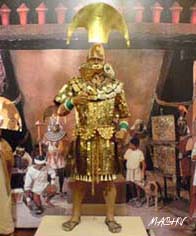
ROYAL TOMBS MUSEUM OF SIPAN
Keeps the gold, silver and copper ornaments found in the tombs of high Moche dignitaries. The Mochica culture (200 BC) was of great importance in the area, shown in the sumptuous tomb of the Lord of Sipan's, its great metallurgical wealth. His attire shows numerous fine pieces of gold and silver, gilded copper and precious stones such as turquoise and shells from northern Ecuador.
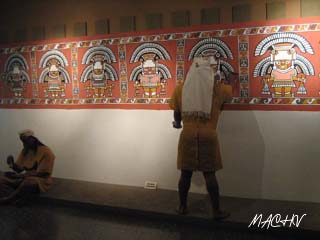
BRUNING NATIONAL MUSEUM
Located in the town of Lambayeque. The Bruning National Archaeological Museum is the first regional museum in Peru, founded in 1921 by Hans Heinrich Bruning. In the Bruning Museum exhibition, the visitor can take a tour of the main cultures of the northern coast of Peru, from the first agro-pottery civilizations to complex societies such as Cupisnique, Mochica and Lambayeque.
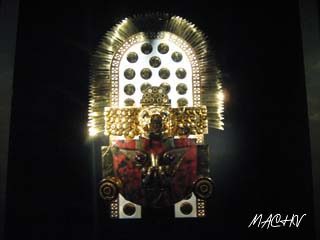
SICAN NATIONAL MUSEUM
Located in the town of Ferrenafe. The elite class of Sican had the privileg of wearing masks made of high karat golg and tumbaga (alloy of copper, silver andlow karat gold). These masks represented the face of the Sican eity. It is believed that these leaders acted as earthly substitutes of the deity.
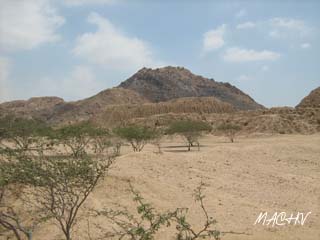
TUCUME
Known as the Valley of the Pyramids, as the most important concentracion of adobe pyramids in the north coast of Peru, located in the fertile and warm valley of the Leche, 30 kms. north of Chiclayo. This spectacular complex, corresponds to the last developmental stage of the Lambayeque Culture, which began in the year 700 a.D.
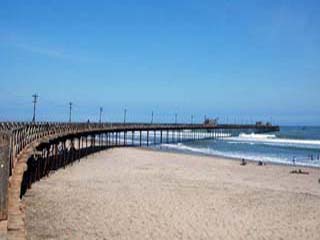
PIMENTEL BEACH
Located 13 km. from Chiclayo. It is the busiest spa in the region, especially in the summer seasons. It has the longest dock in Peru and it is made of iron with wood, which characterizes it because it preserves its structures that have supported the onslaught of the raging sea.


